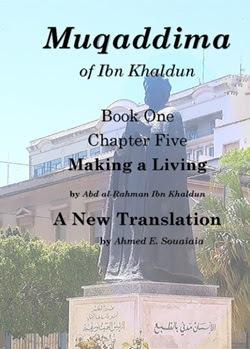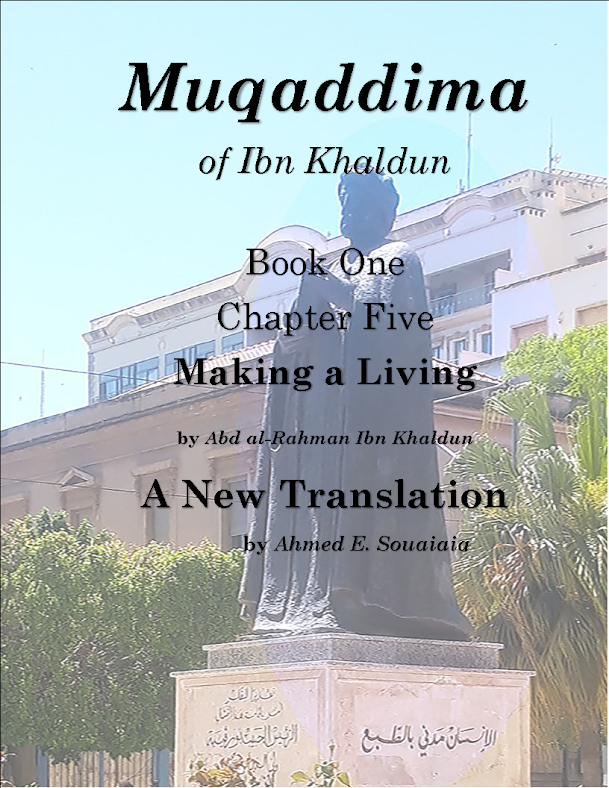The Guinness World Records classifies Al-Qarawiyyin University in Fez, Morocco, as the oldest university in the world that is still operating without interruption, despite the scientific controversy that makes it compete with al-Zaytouna Mosque and University of Tunisia (which began its lessons since 737 AD / 120 AH) for the title of the oldest university in the world.
The merit of the establishment of the "Al-Qarawiyyin" is attributed to Fātima Al-Fihri, who founded the Al-Qarawiyyin Mosque in the mid-ninth century AD / mid-third century AH, but the accounts of historians who witnessed the era of Al-Qarawiyyin University after the era of Fatima, such as Ibn Khaldun and Abi Al-Hassan Ali bin Abi Zar' Al-Fassi, do not suggest that it was established as a university, but rather as a mosque built by Fatima with her money from stone and mud after she bought the land that was allocated to the mosque and the university later from her great inheritance.
The mosque and the university
The Al-Qarawiyyin Mosque was considered the oldest university because it did not go through the stumbling stages experienced by the institutes of Al-Zaytouna, Al-Azhar and Al-Mustansiriya Scientific School, and the "Qarawiyyin" remained far from the events of the capitals of the East and their great transformations, which preserved for it the continuity of its system and traditions, and dispensed with its endowments and spacious lands from the support of the authorities and the countries that passed through it.The answer to the question of the time of the beginning of teaching in the villagers does not seem easy, but it certainly resembles the study of the many histories of mosques that combined the function of worship and prayer with being a center for education and teaching.
And the historian of the 14th century AD, Ali Al-Jaznai, believes in his book “Reaping the Flower of Myrtle in Building the City of Fez,” that the beginning of the villagers’ transformation into a university came with the scholars who established the villagers’ qiblah, and it was known about the poet Bakr Al-Tahrti and Imam Yahya the Fourth that they held scientific councils in the villagers.
Looking at the founding dates of European universities (Italian Bologna in the mid-12th century, and the Sorbonne at the beginning of the 13th century), Al-Qarawiyyin already appears to be the oldest university in the world, and the story of its founding is similar to the story of the Sorbonne, Bologna and Oxford universities, which also began teaching theology by monks before gradually developing into ancient universities, according to Moroccan historian Abd al-Hadi al-Tazi, author of the book "The Mosque of Al-Qarawiyyin".
Fatima Al-Fihri, the mother of the children
There are only limited sources about the life and story of Fātima Al-Fihri, including what was written by the historian Ibn Abi Zar’, who lived in the 14th century AD, in his book “Rawdat Al-Qirtas”, and described the land that Fātima bought and built the mosque on.
Ibn Abi Zaraa narrates the journey of the Tunisian villagers’ delegation to the Idrisid king, Yahya I, and their settlement around the slope of the villagers, including the “blessed woman Fātima,” the daughter of the Tunisian Arab man, Muhammad bin Abdullah Al-Fihri. Fatima was with her sister Mary, and inherited a huge fortune that she spent on charitable work and building the mosque.
And Ibn Khaldun mentions in the 14th century on the authority of Fatima after he transmits what Ibn Abi Zaraa narrated, referring to the transfer of the Friday sermon to the Al-Qarawiyyin mosque and the crowding of the surrounding area, and Ibn Khaldun follows, "as if the kings' intentions were alerted afterwards."
The historian Abd al-Hadi al-Tazi saw in his study, which was originally a doctoral thesis on the al-Qarawiyyin mosque, that the construction of the mosque began during the reign of Sultan Daoud bin Idris based on a historical document dating back to the Idrisid period that was found during modern restoration work.
Although he does not know much about Fātima's life from ancient sources, Ibn Abi Zaraa and Ibn Khaldun narrated the story briefly, and the first explained the story of building the mosque from mud, gravel and yellow sand, and narrated the digging of the well in the courtyard of the mosque and Fatima's abundant spending on construction so that it would be a continuous good deed that would be rewarded in the afterlife.
After her departure, the Almoravid, Almohad, and Marinid states took care of the mosque, expanded it, and renovated its construction.
Transfer to university
This care taken by the rulers to win a moral status by supporting science and scholars contributed to the prosperity of the university and the formalization of its ancient educational systems, and in this way the mosque gave birth to a university.
Reference began to be made to the unique scientific status of the Al-Qarawiyyin Mosque since the 12th century AD, and its library gradually grew through books, donations, endowments, and the efforts of princes to increase its holdings, and Al-Qarawiyyin preserved its value as a center of religious and scientific knowledge in the Islamic world.
Although it is difficult to find an exact date for the mosque’s transformation into a university, some historians believe that the beginning of the transformation was in the Almoravid era (1056-1147 AD), coinciding with the change in the shape of the villagers during the era of the Almoravid state from its previous form, as they built a new platform for the mosque decorated with verses of the Qur’an, while others believe that the real transformation came during the era of the Marinid state, which sought to reform the mosque and build schools around it and enhance their presence, in preparation for the intervention in appointing preachers for the mosque that the notables supervised. manage it.
Al-Qarawiyyin University knew the system of scientific chairs, and endowments were allocated to spend on it. The scientific chair is considered a high-established degree that can be compared to modern academic positions.
The university attracted many scholars and philosophers, including Ibn Baja (d.: 533 AH / 1138 CE according to one of the sayings), Al-Sharif Al-Idrisi (559 AH / 1166 CE), Ibn Rushd (d.: 595 AH / 1198 CE), Musa bin Maimon (d.: 603 AH / 1205 CE), Ibn Khaldun (d.: 808 AH / 1406 CE), as well as the Pope of the Vatican. The French "Sylvester II (940-1003) who studied science in Arabic and is believed to have transferred Arabic numerals to Europe.












































No comments:
Write comments